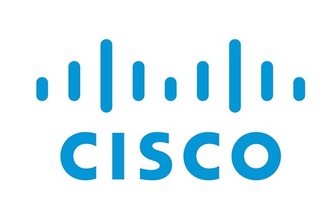Analyst research suggests £12m pot is "pretty weak" compared with the scale of the challenge
Demand for fibre broadband will grow fast Government plans to help fund rollout of fibre-optic broadband are likely to fall far short of the forecast growth for demand for the technology, accordi...
To continue reading this article...
Join Computing
- Unlimited access to real-time news, analysis and opinion from the technology industry
- Receive important and breaking news in our daily newsletter
- Be the first to hear about our events and awards programmes
- Join live member only interviews with IT leaders at the ‘IT Lounge’; your chance to ask your burning tech questions and have them answered
- Access to the Computing Delta hub providing market intelligence and research
- Receive our members-only newsletter with exclusive opinion pieces from senior IT Leaders



















